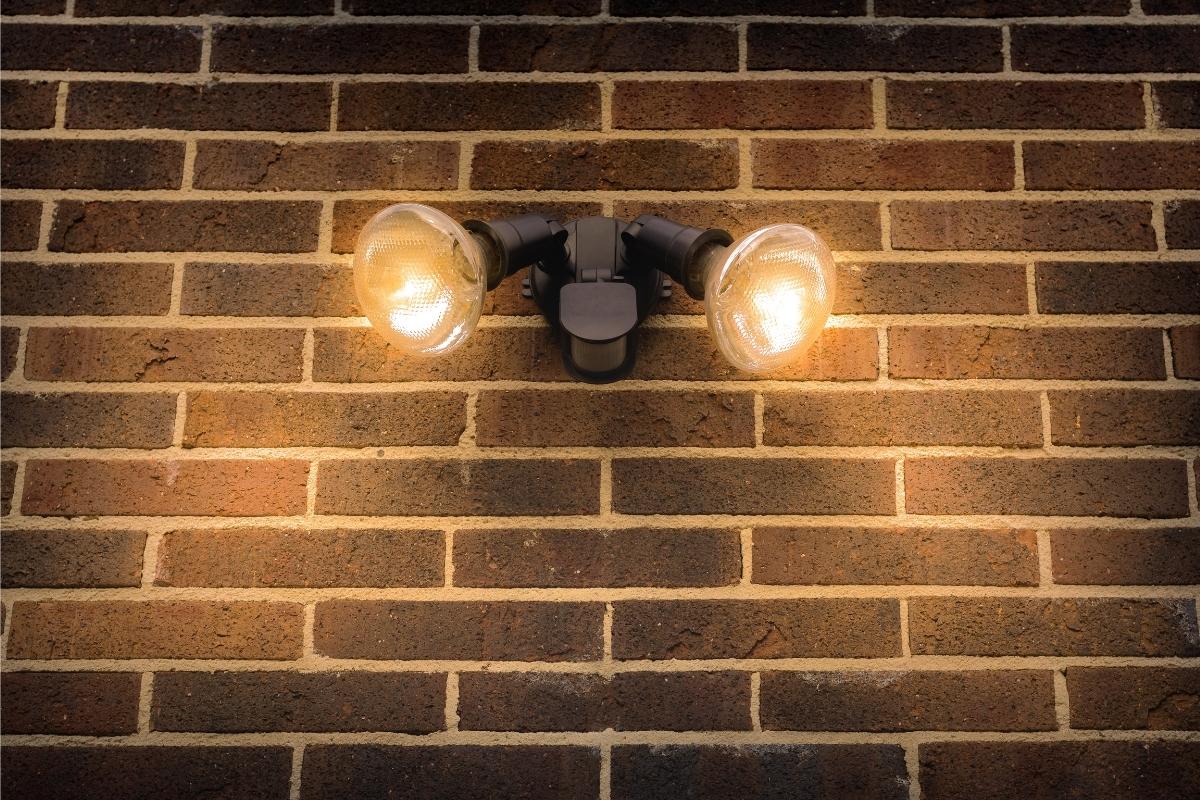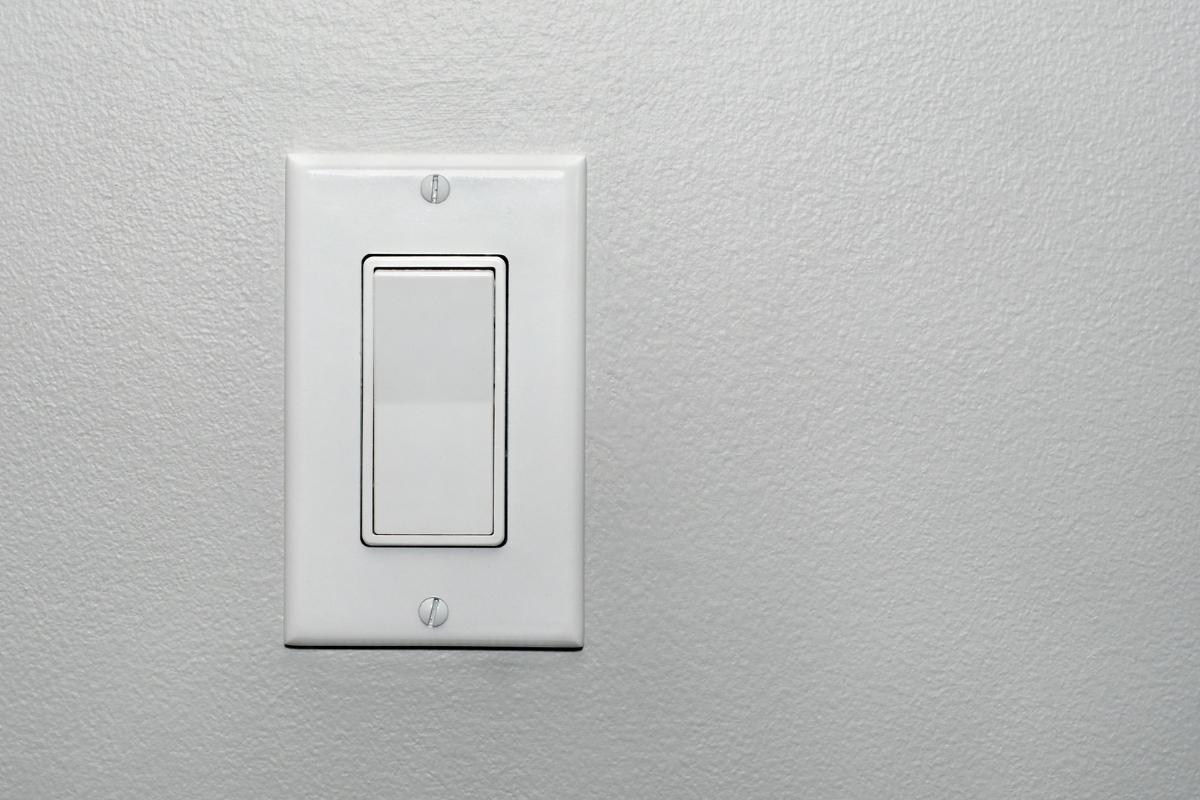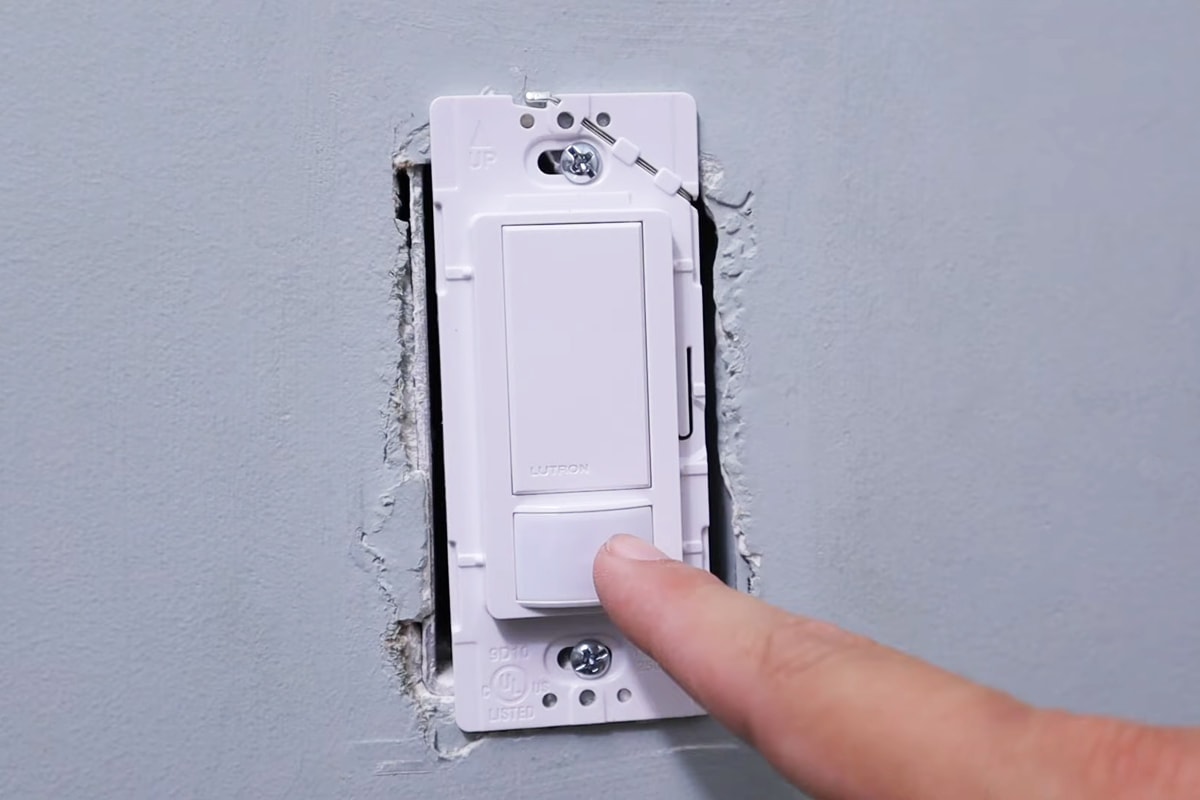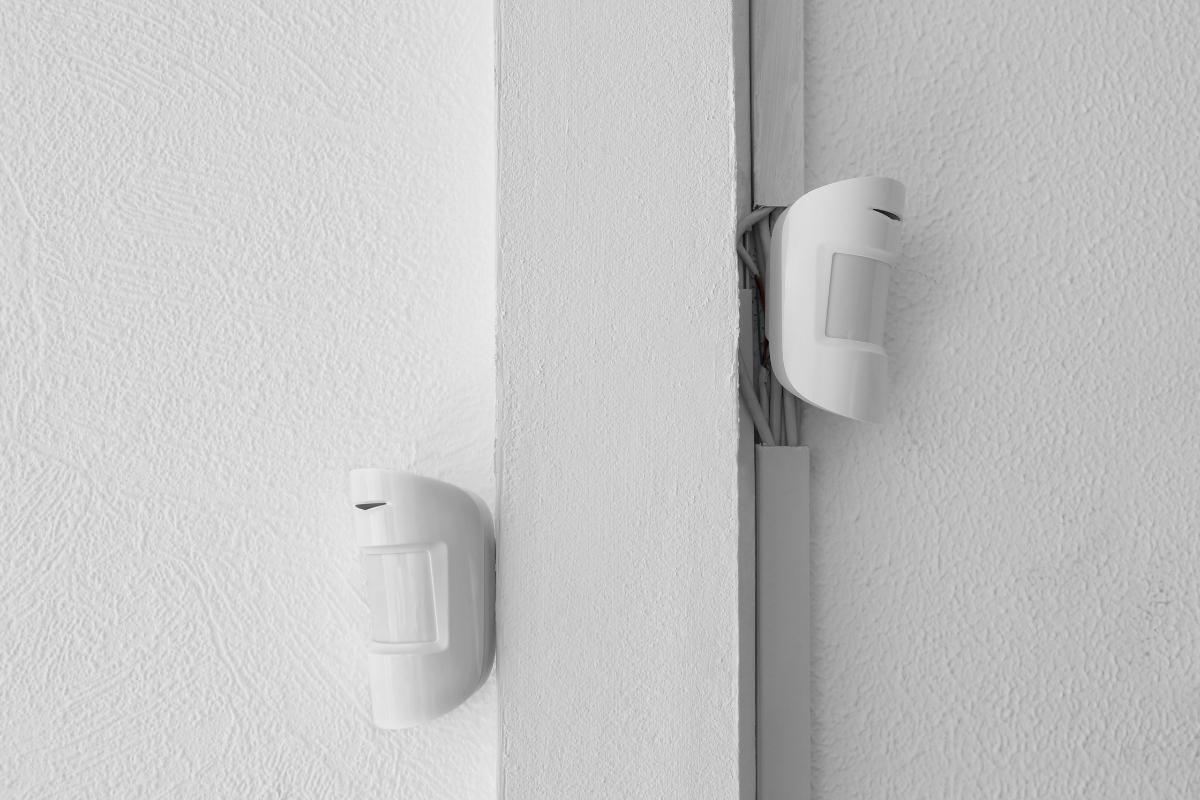Motion sensor lights help automate our lifestyle with free-of-touch lighting controls. With the motion-activated lights automatic turn on when people enter the room and off while we leave, users don’t have to worry about reaching for the light switch anymore. Whether it’s an indoor motion sensor light or outdoor security light, it can be a huge problem when the lights turn off frequently while the space is still occupied by people. This kind of misfunction is commonly known as a false-off.
For example, in large open offices, it’s common to see that one usually has to wave his hands to re-activate the motion sensor light switch to turn the light back on because the motion sensor cannot detect your presence sitting behind a desk.
So how do we stop a motion sensor light from turning off?
Set Maximum Time Delay
The most straightforward solution is to set a longer time delay. If you only need to occasionally use the lighting for a long time, you can simply set the time delay to its max value, such as 30 minutes or even 1 hour, and change back to previous normal time settings after use.
For example, with a 30-minute time delay, the motion sensor light will remain on for at least 30 minutes even without detecting any motion after the light is activated by a moving object. Moreover, within the 30-minute time delay countdown, the timer will be reset if the motion sensor detects any movement during the time window. Generally speaking, a long time delay can stop the light from turning off in various means.
Setting time delay can be convenient for some indoor motion sensor lights, such as lights controlled by motion sensor switches or remote-controlled smart lights. For outdoor security lights or ceiling-mounted lights, it’s not that easy to change the time delay once the light has been initially installed.
Set High Sensitivity
The sensitivity level of a motion sensor light controls how far a motion sensor is able to detect a moving object and how sensitive the motion sensor is able to detect small and fine motion.
When a motion sensor light turns off while people are still in the detection area, it’s probably because the motion sensor cannot detect your presence successfully, so it thinks the room is empty and shuts off the light. This usually happens when the sensor light is used in a large enclosed space or open area, which might lead to a poor success rate of detecting a valid motion from relatively far away.
Setting a high sensitivity can significantly help your motion sensor lights to grab valid motion signals and stop your motion lights from turning off.
Reposition the Motion Sensor
Most motion sensor lights use PIR technology to detect motion and one disadvantage of PIR is that the motion signal, infrared emitted from moving objects, cannot move past objections such as walls or stalls. Due to the nature of PIR motion sensors, most motion sensor lights require a clear line of sight of the desired detection.
Additionally, PIR motion sensors are sensitive to movement across the sensor but not effective in detecting movements towards the sensor. For example, when placing a motion sensor light to detect people coming into the room, it’s better to place the motion sensor on the sidewall rather than straight pointing the pathway. Also, the 180 degrees fan-shaped detection range is not sensitive to movement in the corners.
With all that said above, when a motion light frequently turns off, adjust and reposition the motion sensor for the optimal coverage of the detection zone.
Clean the Motion Sensor
When the motion sensor is covered with dust or dirt, it loses its power to receive the emitted infrared signals, causing the motion sensor to think there is no movement in the area. This often happens on outdoor security lights as any leaves, dusk, spider webs, or dirt can block the motion detector due to the complicated weather condition outside.
Try cleaning your motion sensor with a soft, moistened cloth and remove all coverage that blocks the lens of the PIR sensor. Remove all surrounding insects and spider webs in case they move past the detection window of the sensor that might cause the sensor to fail in detection.
Keep the Motion Sensor Light Stay On
One nice workaround to solve this issue is keeping the motion sensor light stay on regardless of motion detection. There are several tricks and methods to bypass the motion sensor, such as adding a light switch to power the light individually or jamming the motion sensor to get it stuck on auto-on mode.
Beware that when the motion sensor light is kept on intentionally, remember to manually turn off the light and reset the motion sensor back to motion detection mode after usage. So the motion sensor light can still automatically turns on the light next time you enter the area.









